In numbers: What is it like to be a woman in 2023?
From the gender pay gap to life expectancy, to violence against women and education, what is it like to be a woman in 2023?
It still isn’t easy - or fair - to be a woman in 2023. On International Women’s Day this year, The Independent has compiled a list of statistics which highlight the global reality of being female.
Gender pay gap
In the UK, wages for men and women are still indisputably uneven. Data from the ONS in April 2022 shows the median weekly pay for female full-time employees is £99 lower than men, with women earning a median of £584 weekly compared to £683 for men.
According to the Trades Union Congress (TUC), the average woman in the UK works for free for nearly two months compared to the average man in paid employment, based on analysis of the wage gap.
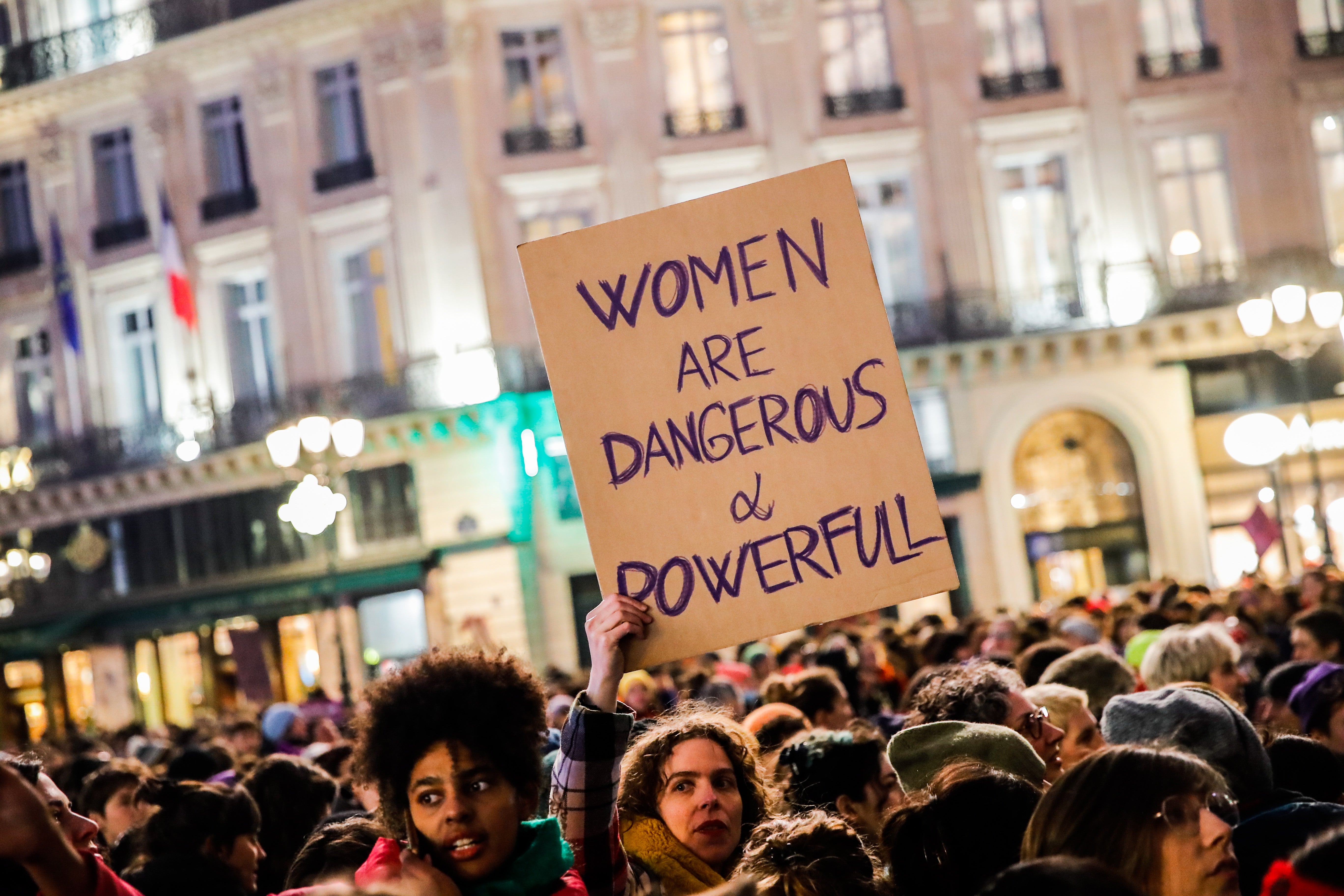
This is despite the fact that women make up the higher proportion of the workforce in the UK at 52.7 per cent - 35,938 - while men make up 47.3 per cent at 32,312, according to the HMRC gender pay gap report 2022.
Male graduates earn an average nine per cent more than female graduates one year after graduation. This reaches 31 per cent 10 years after graduation, according to research from the Commons Library released in January this year.
Further research by the ONS in October 2022 shows that over the last decade, the gender pay gap has fallen by a quarter among full-time employees and all employees, but there is still an awful long way to go.
Across the industries, the job market is still extremely tilted. Women in the UK account for over three quarters of all jobs in the health and social sector, holding 77 per cent of jobs and 70 per cent of jobs in education, but only 16 per cent of jobs in construction.
Law is a more even field with women constituting 39 per cent of barristers, 53 per cent of solicitors and 77 per cent of Chartered Legal Executives, while one third (35 per cent) of court judges and half of tribunal judges were women as of April 2022. (Official government statistics, July 2022)
At the top, 40.2 per cent of directors at UK’s largest companies are women, up from 9.5 per cent 11 years ago, according to the FTSE Women Leaders Review.
Women in politics
The global share of women in parliaments is promising but still unequal, climbing to 26.5 per cent on 1 January 2023, according to Inter-parliamentary Union (IPU).
See how many women hold seats in parliaments across the world in our map here:
Rwanda holds the highest share with 61.3 per cent of women parliamentarians.
Forty-seven countries held parliamentary elections in 2022, electing an average of 25.8% women (combined upper/lower and single-chamber parliaments), an increase of 2.3 percentage points compared with the previous elections.
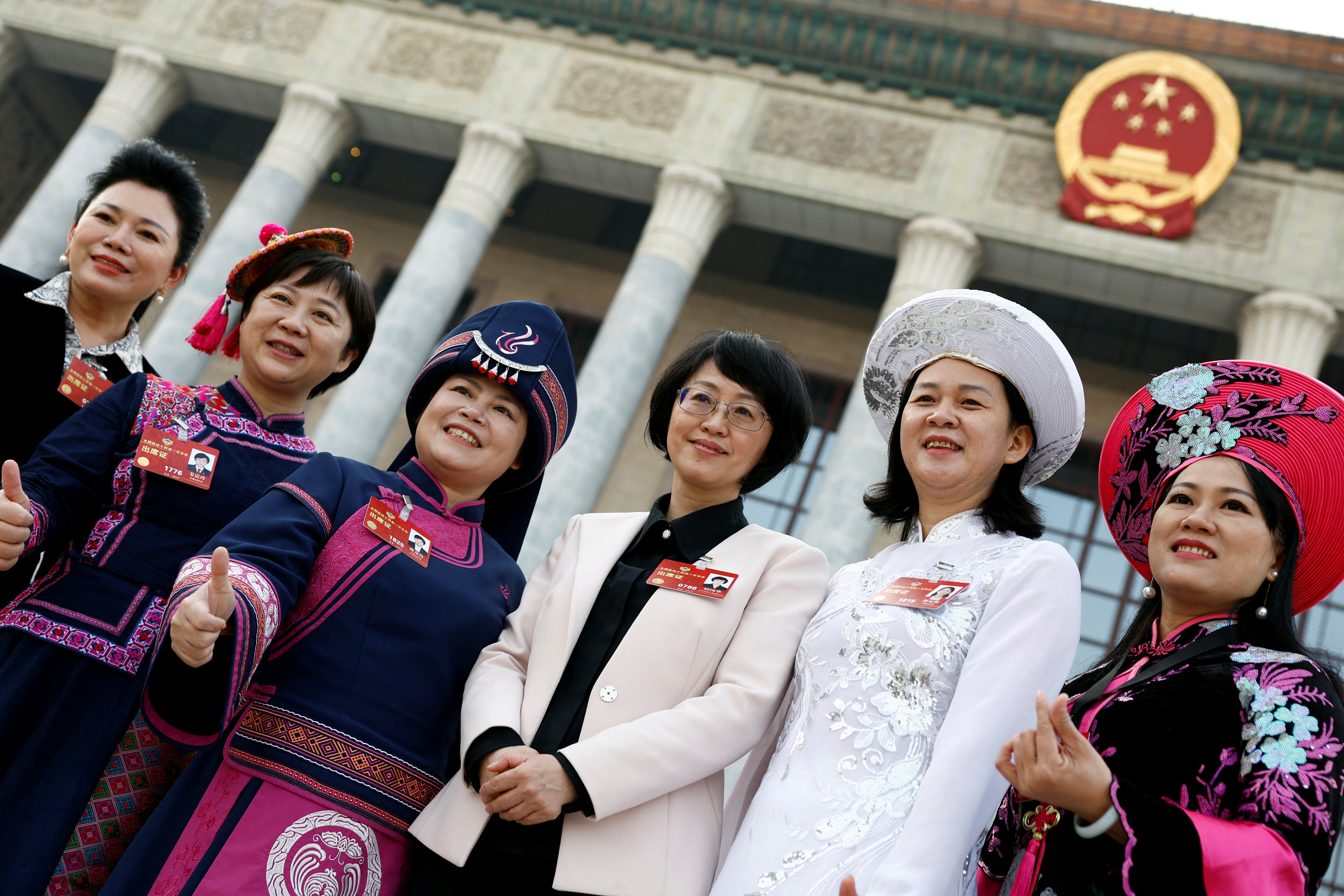
Currently, women make up 31 per cent of parliamentarians in the UK. There are 225 female MPs in the House of Commons and 237 in the House of Lords. Female representation is slightly higher in the Commons than the Lords, at 35 per cent and 29 per cent respectively.
Seven ministers in the current Cabinet are women - 30 per cent.
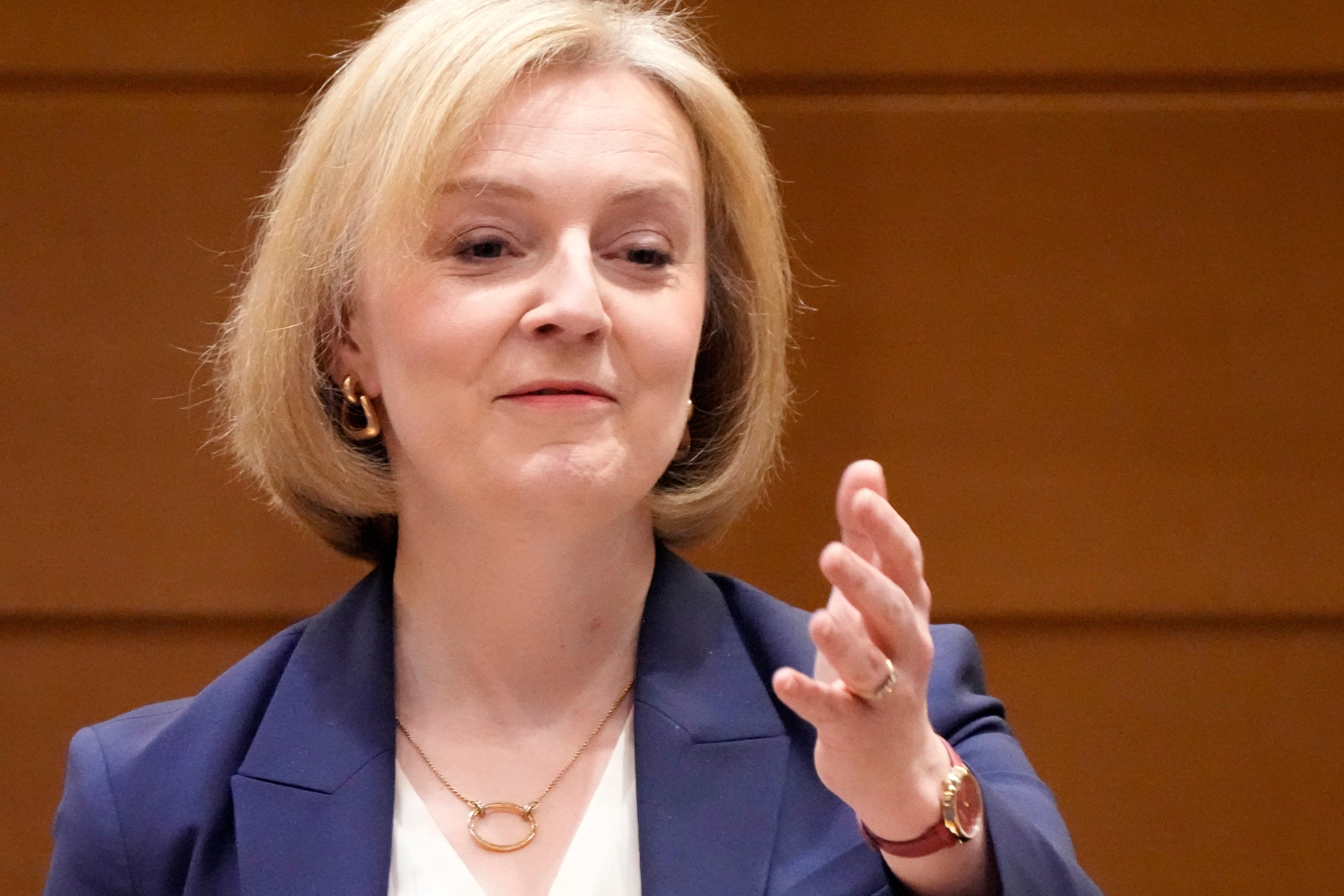
On a global scale, the average share of women in ministerial positions nearly doubled between 2006 and 2022, rising from 9.9 per cent to 16.1 per cent.
Belgium, Nicaragua and Sweden held the highest shares of women ministers in 2022, all between 57 and 59 per cent.
Education for women
The fight for a woman’s right and access to education globally is as important as ever, with shocking figures from Unicef showing that one in three girls from the poorest households around the world have never been to school, and 130 million girls around the world today are denied the right to education, according to UN experts.
Despite making up nearly half of the world’s population, 37 per cent of women do not use the internet and 259 million fewer women have access to the internet than men, the UN found.
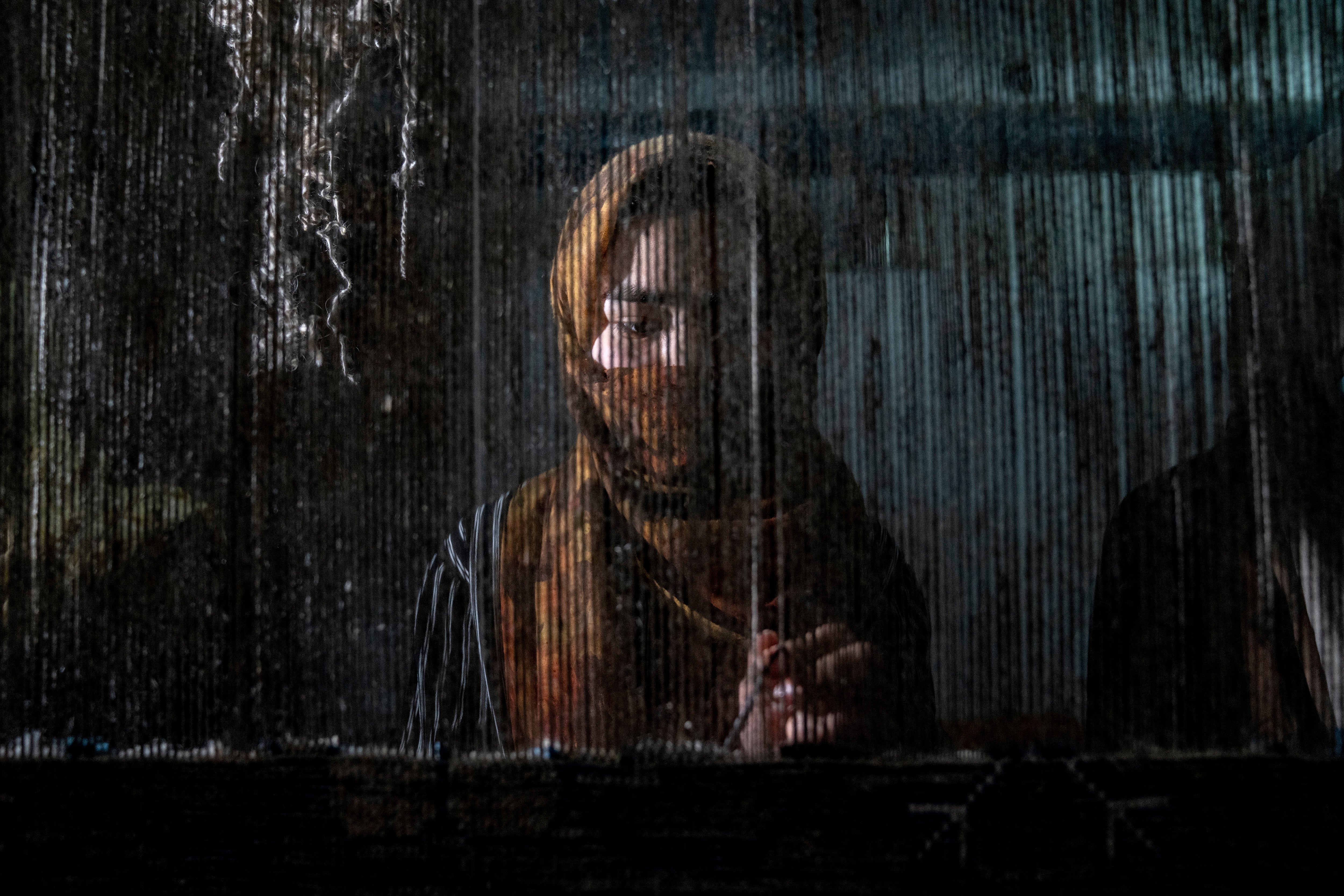
Access to higher education and a diversity of subjects is also a crucial measure for women empowerment.
A joint report from UNESCO and Times Higher Education found that female students outnumber male students globally, particularly in medicine and arts, humanities and social sciences (AHSS).
Here is a chart showing the proportion of studying medicine, science, technology, engineering and mathematics (STEM) and AHSS across the continents:
However, there are still less women than men in STEM subjects across the scale.
Yet, several countries in Asia such as Thailand, Iran and Uzbekistan have higher propotions of women in STEM subjects, with Thailand topping the charts at 54.4 per cent.
The report also found that less than two-fifths of senior academics are women globally, and less than a third of authors in research papers are women.
Life expectancy, natural disasters and sexual violence
Life expectancy for women across the world varies with the lowest expectancy in Chad, where the average woman can expect to live up to 55 years, according to the UN.
This is 34 years less than the average life expectancy for women in Monaco which stands at 89 years.
In the UK, the average life expectancy is 84 for women and 80 for men.
Here is a map which shows the average life expectancy for women across the globe:
While women on average are expected to live longer, the global statistics paint a starker picture on the difficulties women face.
Over 25 million women are internally displaced due to conflict and violence, according to a 2022 report from UNHCR, and poor women and children are 14 times more likely to be killed by natural disasters than men, a report by CARE Climate Change shows.
In the UK, violence against women continues to haunt the front pages and this is reflected in the data.
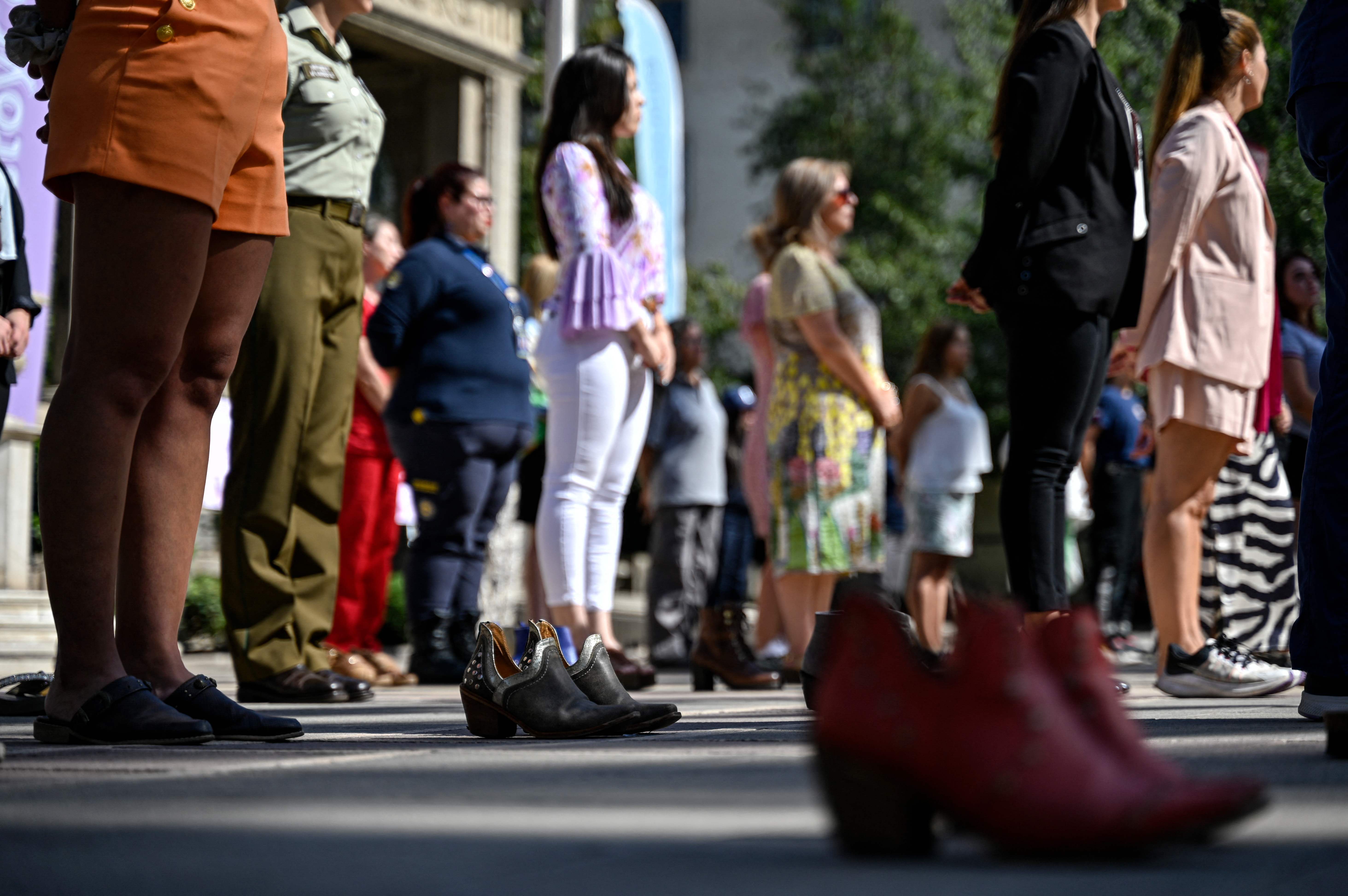
One in four women have been raped or sexually abused as an adult, according to data from ONS for the year ending March 2020 from the Crime Survey for England and Wales.
One in two rapes against women are carried out by a partner or ex-partner, five in six rapes against women are carried out by someone they know.
The number of women who are victims of sexual assault is almost four times more than men, with 618,000 female victims and 155,000 male victims estimated in the year ending March 2020 by the The Crime Survey for England and Wales (CSEW).
Join our commenting forum
Join thought-provoking conversations, follow other Independent readers and see their replies
Comments
Bookmark popover
Removed from bookmarks